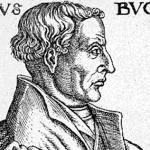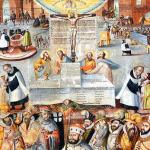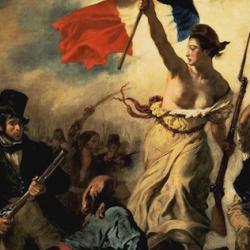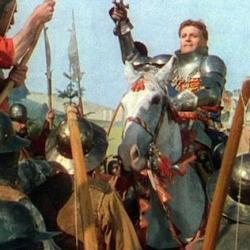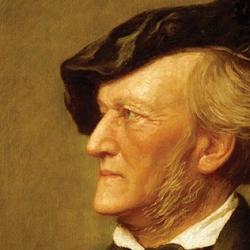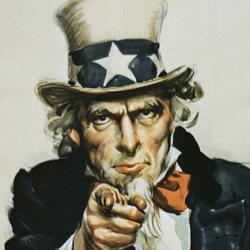Nationalism is sometimes presented today as an antidote to the corrosions of modern political order, globalization, secularism. That’s an odd twist, since nationalism was born from the same fires as revolution.
James Billington writes (Fire in the Minds of Men, 58) that after the French Revolution, “Nationalism remained the major revolutionary ideal until the final quarter of the nineteenth century. Its mysterious power and continuing mutations make essential a closer look at its origins. The birth of this new ideal was both sublime and bloody, involving the heights of music and the depth of terror.”
La nation was “a new fraternity in which lesser loyalties as well as petty enmities were swept aside by the exultation of being born again as enfants de la patrie : children of a common fatherland. The nation was a militant ideal that was largely discovered on the jour de gloire of battle and best expressed in the levee en masse of 1793: the prototype of modern mass conscription on a ‘national’ scale.”
In France, “the concept of a ‘nation’ was central even though no new country was created . . . . The word nation soon predominated over the older and more paternalistic term patrie . Flags, feasts, and songs were all said to be ‘national, and Bonneville, while organizing the Paris militia in the summer of 1789, warned against ennemis de la nation . Citizens of the old regime were forced to communicated in the French language, which until then had not been the basic tongue of many living under the French crown.” Not everyone understood what this new entity was: “Peasants forced a well-dressed man to cry ‘Vive la nation!’ early in the revolution, then begged him: ‘Explain to us just what is the Nation’” (57).
Soon, the nation took on mystical and religious coloring. Nation described “a new type of popular sovereignty that was territorially and linguistically unified and often more absolute than monarchical authority. God Himself was reborn in early revolutionary tracts as the ‘Savior of the Nations’ . . . and prayers were addressed to ‘the body of the nation’” (57).
Music played a large role in forging this sense of nationhood: “La Marseillaise electrified the nation going to war. The two leading composers of the Opera Comique, Dalayrac and Gossec, composed Offering to Liberty, Religious scene on the Marseillaise. This ‘religious scene’ was taken out of the theater into army camps. Choruses of women knelt before statues of liberty singing the verse ‘Amour sacre de la patrie . . .’ as a hushed prayer, then rising to sing the final verse with a percussion accompaniment that ‘would make the pavement leave the street for the frontier'” (59).
This was different from the American Revolution, where “no new language [was] asserted, no mythologized antiquity created, no continuing foreign threat bordering on the new territorial entity.” For the US, “a sense of nationhood was the child, not the parent of the Revolution” (57).

